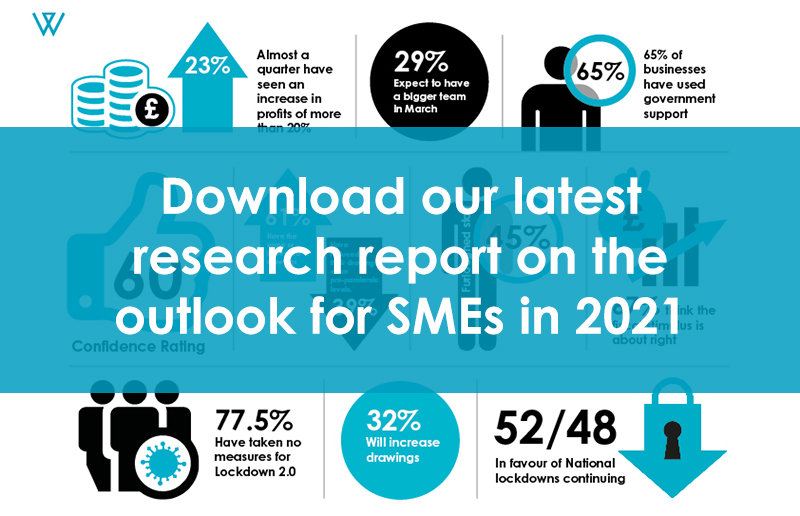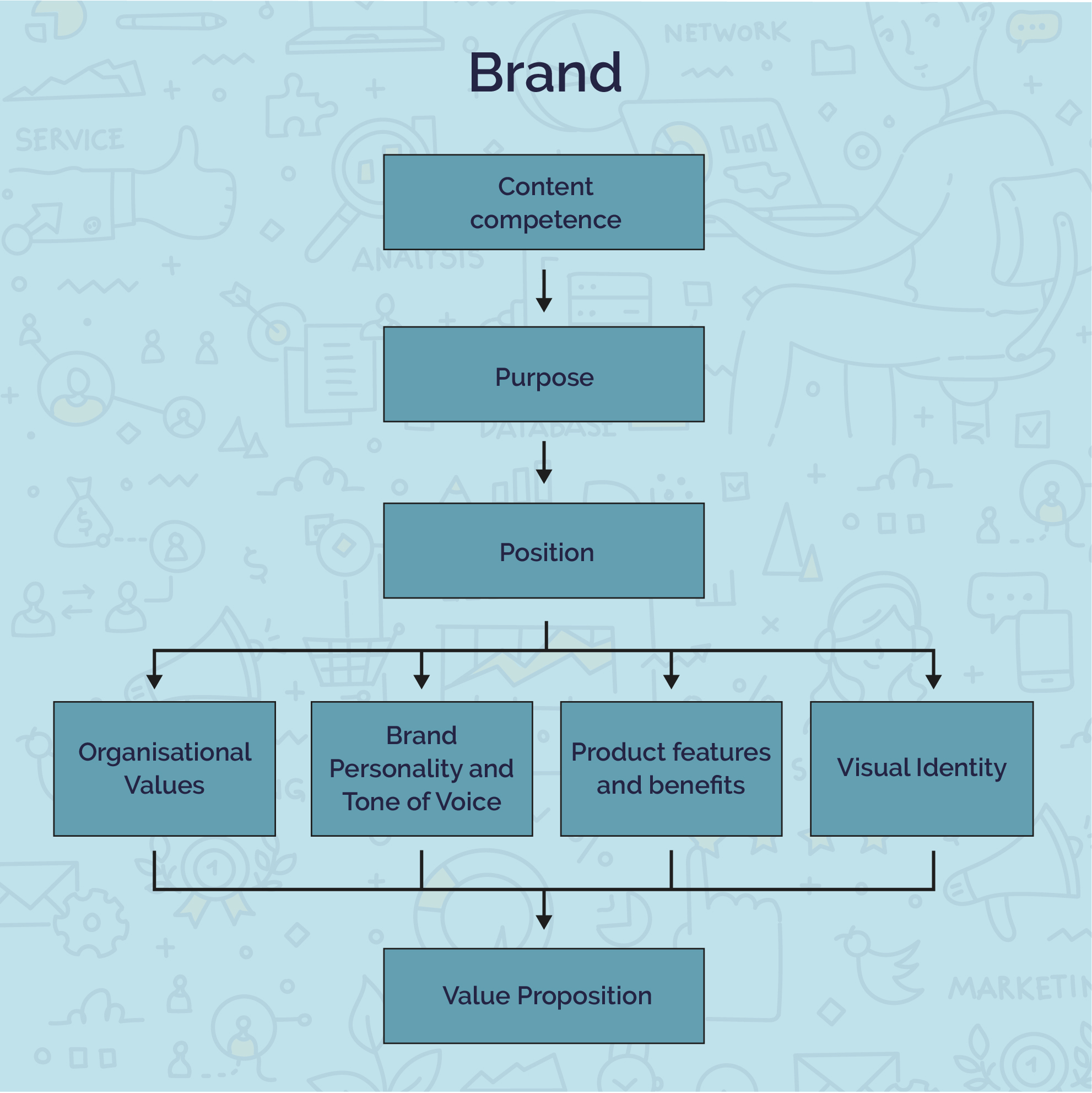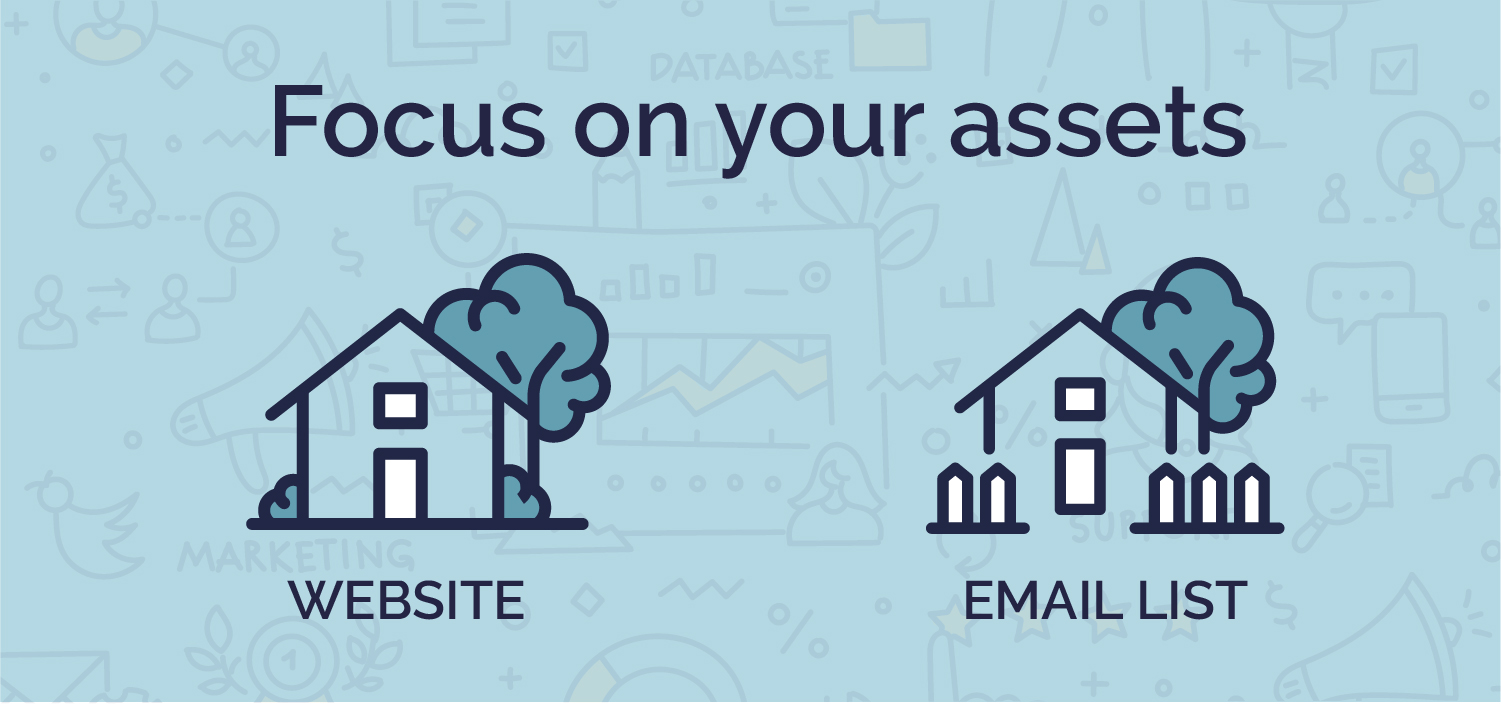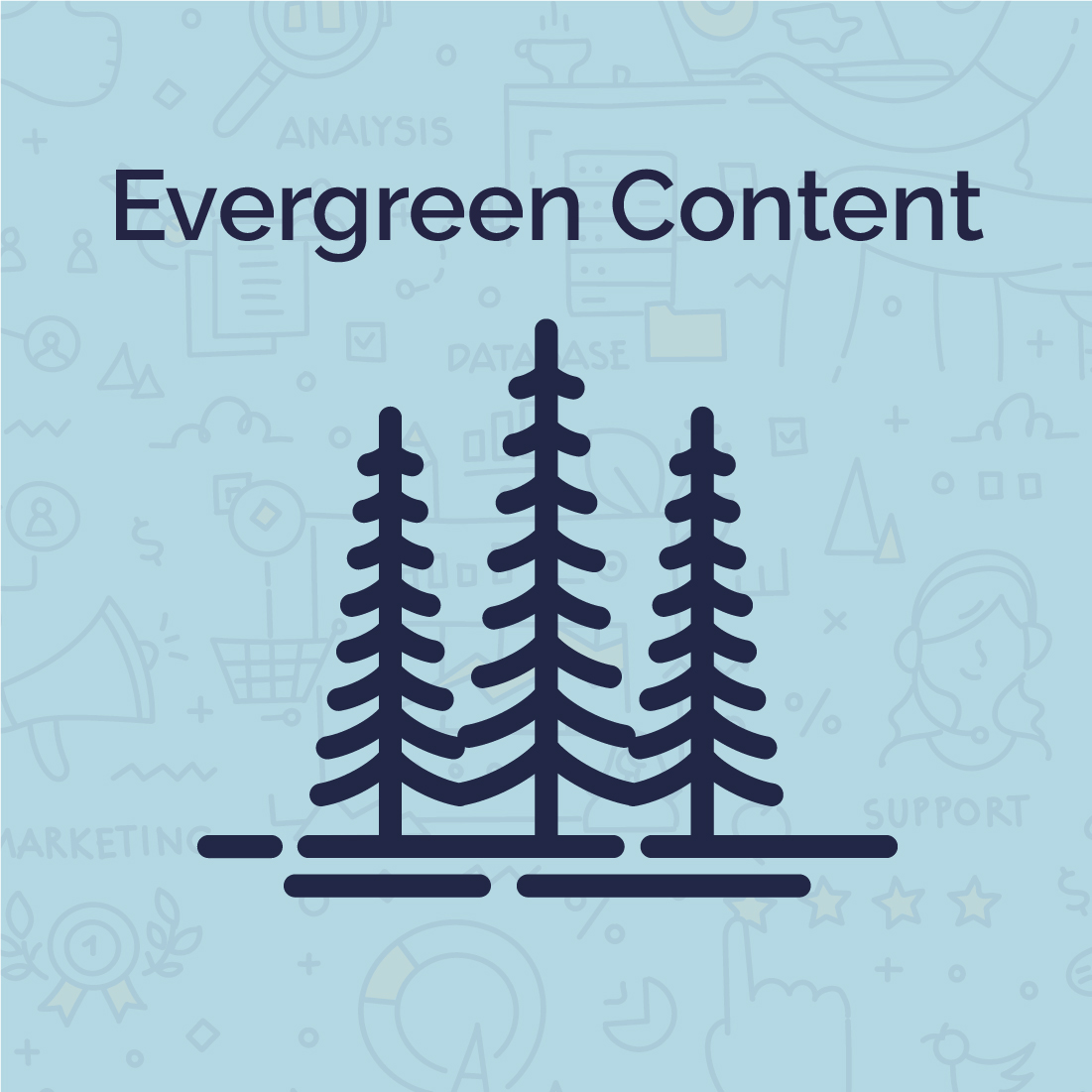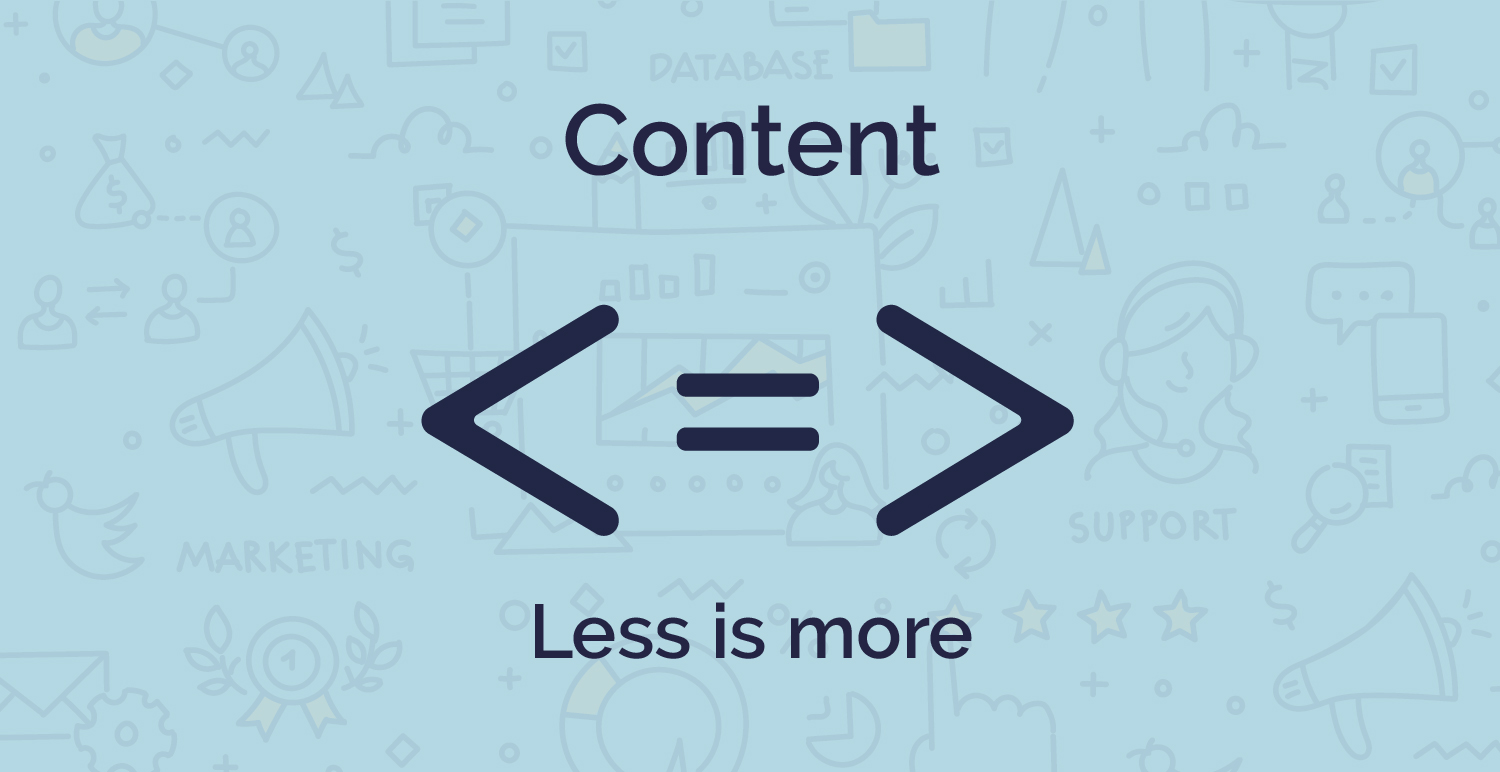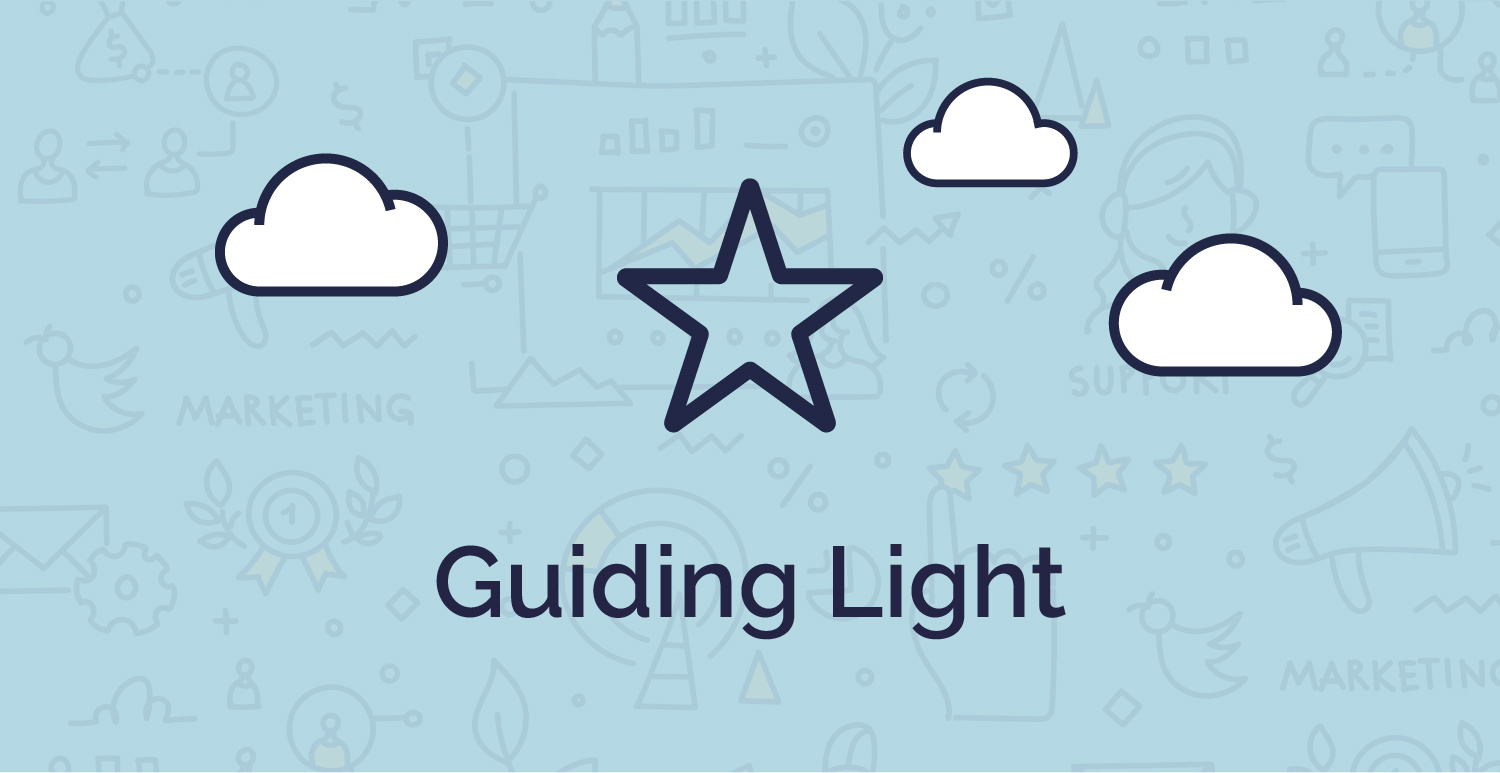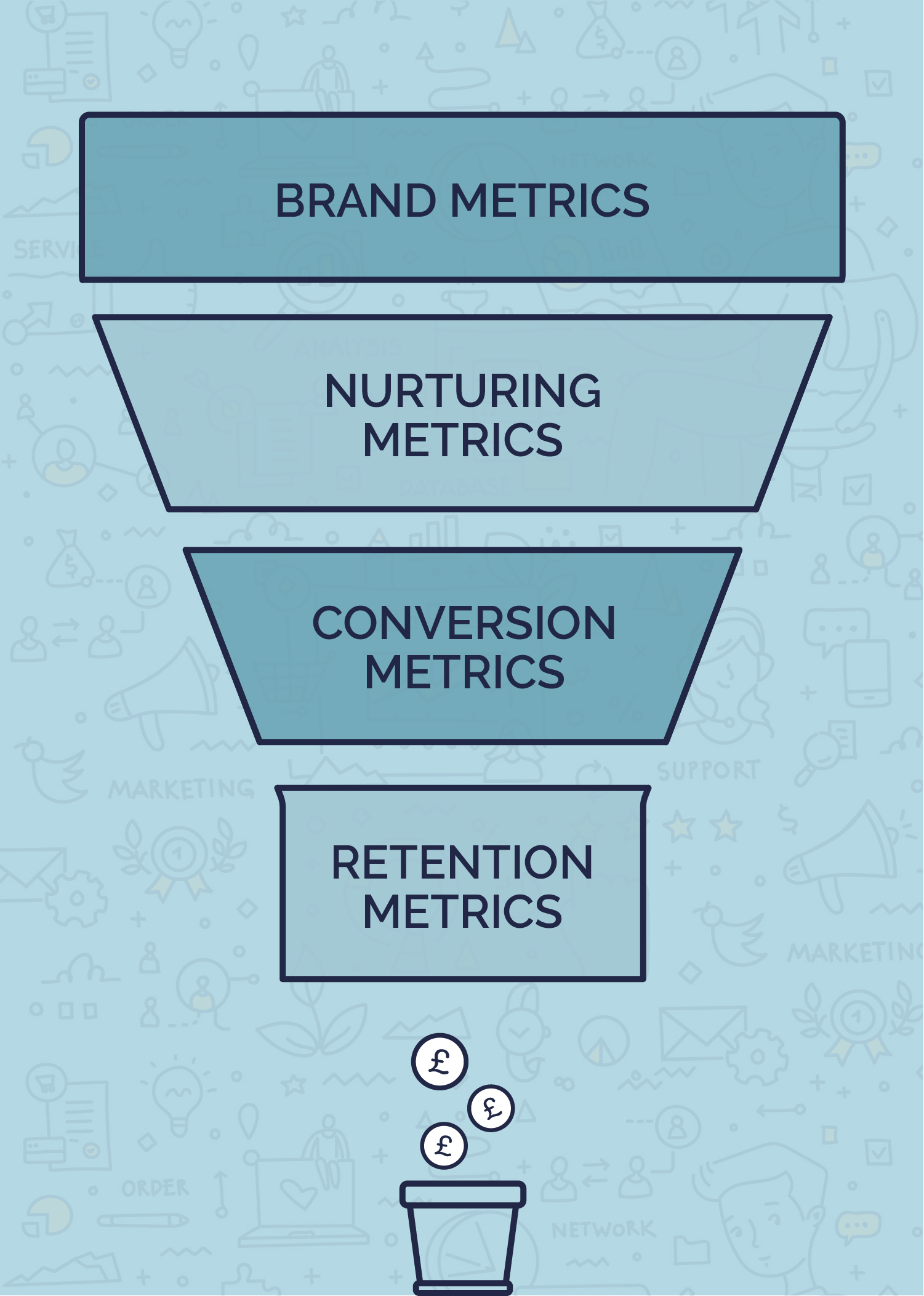
7 Pillars of Business Success, Part 2 – Marketing Strategy
It’s no coincidence that the greatest business people of all time (Steve Jobs and Richard Branson to name a few) have also been great marketers. Too often marketing is viewed as a supporting role for sales. On the contrary, marketing is the most all-encompassing function of any business. It determines what the business does, how it does it and for who. A great marketer will concern herself with every component of the business, because every component of the business will impact the customer’s perception of the brand.
Therefore, just as a business leader cannot afford to be ignorant of P&L’s and cash flow, marketing must be front and centre of their mind each and every day. They do not have to be an expert in every channel and tactic, but they do need a solid grasp of the fundamentals. This article will provide a breakdown of those fundamentals.
1. Brand
Assuming you have been able to establish your core competence then your hard work is done. However, a core competence alone is difficult for audiences to engage with and easy for competitors to replicate. To develop something enduring we need to build a richer identity.
That begins with a brand purpose, which involves understanding why your core competence matters and why people should care. What is it that you believe is wrong with the world that your business is going to change?
Then we have our brand position, which is what do you do and who do you do it for. The shorter the position statement the better. As Seth Godin once said, “If your position is longer than 8 words, you don’t have a position.”
Perhaps the most famous example of brand positioning was when David Ogilvy launched the Dove brand 60 years ago. The product could be used by anyone as just another soap bar, but instead it was positioned to women who wanted softer skin. Almost overnight, he owned his market. Worth mentioning at this point that for decades, B2B and B2C marketing strategies have been somewhat different. With more access to consumer data than ever before, and with B2B audiences wanting a more personalised experience, B2B and B2C audience behaviours are converging, so the marketing strategy to target them needs to do the same.
Now that we have our basic identity, we can elaborate on it in the following four directions in order to ensure customers can develop a really meaningful relationship with the brand:
- Product – what are your key product/service features and benefits? These USP’s should be clearly defined and consistently communicated across all sales collateral.
- Organisation – what are your organisation’s values? How are you embedding them into your culture? How are they built in to your recruitment process so you can hire people just like the people who have made the business a success to date?
- Personality – this is usually based on the founder or senior leadership team. What’s the tone of voice? Is the personality professional, friendly, smart, relaxed, direct?
- Symbol – what does it look like. What’s the colour palette, type face, user imagery and logo? This is just one piece in the brand puzzle, but unfortunately all that people tend to think of.
Finally, we can create our value proposition – this will tend to be a little more detailed and should capture the key benefits of your service along with a source of credibility so that people believe you. The benefits will be a combination of:
- Rational – what does it do? taken primarily from brand as product.
- Emotional – how does it make me feel? taken primarily from brand as person and organisation.
- Self expressive – what does it say about me? – again, taken from brand as person and organisation.
The price position should reflect this value proposition, and you then need a source of credibility to support it. That could be an influencer affiliation, case study, award, or anything else that helps the customer to believe what they’re being told.
2. Audience
In our last article we talked about understanding your audience, who they are, what they care about as well as their online and offline habits. Armed with this knowledge as part of your business strategy, you now need to decide how you’re going to break them into groups for targeting.
This will vary for each business, but here’s a suggestion for how to break down your different target customers (if you’re starting from scratch, then kick off from number 3):
- Existing customers
One of the most common mistakes people make is to go looking for new customers before they’ve made sure their existing customers are happy and more importantly taking advantage off everything you have to offer. Have a customer management process in place that ensures you regularly get feedback from your clients, tell them about new services and ask them what else you could be doing?
- Existing customers’ customers (word of mouth)
If you get number one right, then getting your customers to recommend you should be relatively straightforward. Of course, not everyone will do it, but if the relationship is working out and you’re keeping them happy you’re in the best shape to request a referral which can of course be part of your customer management process. And when it works out, give something back to the client – depending on the value of the customer, give something that reflects what you’ve saved in marketing costs and guess what, they’ll probably do it again. More importantly though – don’t let them regret referring you and keep them in the loop.
- Referral channels
From an early age you start to build up our network. And by the time you leave school or Uni and certainly by the time you leave our first job – you should already have a reasonable network of people. Keep in touch with your network regularly and tell them what you’re doing, who you work for and don’t be afraid to ask who they know that may require your products and services. As your business develops, so too will your credibility amongst your network and whilst some will become customers, others – particularly those in allied sectors will become valuable referees. Remember though, referral is a two-way street so always remember to give back and where you can’t give back referrals then buy them lunch or something to say thank you.
- Specific targets
So, you know who your target customer is, what they’re bothered about and where they hangout. Now you need to split them in to more focused groups. There are no hard and fast rules on this as the bigger your team, the broader the scope, but you’ll generally be looking at size, sector, number of employees and location and of course your relevance to them! By splitting them into groups, it will be far easier to not only shape your products and services to fit their needs, but also develop a marketing strategy to focus on them. You may want to niche yourselves in a particular sector or it may just happen by accident, but the more relevant you are to your target the more you’ll become valuable to them.
- Speculative prospects
The more you’re doing to market yourself the more likely you are to have random enquires that sit outside of your target market. These types of enquires are important as they should really challenge you to consider whether you want them or not, but may also give you ideas about new markets you’ve not yet considered. Similarly though, it’s important not to get seduced by enquires that may lead to big bucks but sit too far outside of your target. You’ll often instinctively know whether it’s a good fit, but don’t just rely on instinct. Have a process in place that helps you decide whether you want to pitch for a project and if not make sure you know how to politely decline – you never know when they may become a relevant target.
3. Content and channel strategy
Most companies struggle to ever develop effective lines of communication with their audience, whether that’s via social media, email, print advertising or whatever channel their audience is most active on. The reason for this failure tends to have nothing to do with the channel in question, and everything to do with the content.
90% of companies are now active on blogs, social media and email. Almost none of them have a defined strategy for their content. Consequently:
- They don’t know what it is they’re trying to achieve or how to measure it.
- The content, even if well produced, is highly disjointed and doesn’t add up to anything.
- It demands about three times the investment of time than it should.
There isn’t one magic bullet to resolving these issues, but there are some basic principles that all content strategies should adhere to if they’re to truly engage and influence the audience.
Start on their terms
If you were trying to chat up a potential partner at the local disco (been a while since I courted), would you just talk about yourself or would you try and get the conversation on to their interests? If the answer is the former then you may want to read Dale Carnegie’s book from 80 years ago.
The key to making someone like you, or to at least buy a tiny amount of their attention, is to get the conversion onto topics that they have an existing interest (chiefly, themselves, which is why Account Based Marketing has become so popular in the B2B space), so before posting so much as a tweet, you should first document the themes that these people are going to care about.
For example, if they are CTO’s then it’s likely they might have an existing level of interest in:
- How to be heard at board level.
- The opinions of other CTO’s (ideally highly successful ones that your audience would like to emulate).
- Other topical matters, from cyber security to AI.
Once we have sparked their interest and initiated a level of engagement, we can then work back to the thing that we really want to talk about, which is presumably the thing we’re trying to sell.
So remember, don’t rush. Just play it cool, get the conversation on to their world and who knows, you might just get that second date.
Focus on your assets
There is a tendency for companies to fixate on the channels where they can see their competitors are active. No company wants to see its competitors building thousands of fans on Facebook while they’re drowning in tumbleweed, or that they’re the only big name from their industry missing at the large annual exhibition. There is a problem with these channels, however…
You do not own them.
If Facebook decide to hike up their ad costs to the point, there’s nothing you can do about it. If that big exhibition closes down, there’s nothing you can do about it. And what’s worse, you will have nothing to show for those years of investment.
There are only two assets you own online. One is your website. The other is your email list. Everything you do should therefore:
- Directly stick money in the bank
- Or point back to these two real assets (or an offline asset, such as your own event)
There is another reason why you should focus on these two assets:
- They convert – inbound web enquiries convert at approximately 5 times the rate of outbound leads. While email account for 70-90% of revenue for many commerce brands.
- They build cumulative value while your costs stay flat – as your email list grows, you may have to pay a very small increased cost to the platform you’re using, but it’s usually peanuts unless your list is huge. The same applies to your website. With each piece of content you add, you are growing the range of keywords for which the site can be found. In fact in any given month you will attract far more visitors to your old content than you will to content published in that month. And it didn’t cost you a penny.
Much of content that’s published online is topical, whether that’s company news or relating to an event in your industry or the broader media. Therefore, even if it’s successful, it’s impact is fleeting. One of the easiest ways to increase your marketing efficiency is to focus on content that is going to have a long shelf life. That content can then be redistributed every few months, ensuring you take as much value from it as possible.
Create Once, Distribute Everywhere (CODE)
When you create a blog post for example, could you simultaneously turn it into some social assets that you push out on Facebook, Twitter and LinkedIn? Could you send it out via email? Could you include it as part of a series and turn that into an eGuide? Why not add it to some printed literature for your next event? Not only does this all massively increase efficiency, but it also means that you’re communicating a consistent message across all channels.
Promote it properly
Consider this for a moment – if your marketing person spend 6 hours creating a blog post and value their time at £50 an hour, then that’s £300. If you don’t promote that blog post it will probably be seen by fewer than 10 people.
On the other hand, you could spend £50 promoting it on social media, and it would likely be seen by over 500 people – and the right people! That’s a small increase in cost for a monumental increase in exposure.
In short, you should be creating less stuff but promoting it properly!
4. Know your numbers – the commercials of marketing.
This is perhaps the area of marketing that resonates most powerfully with business owners and directors. After all, in their minds the job of marketing is (correctly!) about putting money in the bank.
However, despite that, it’s remarkable how few marketers ever establish the commercial fundamentals of their campaign. This involves understanding:
- What is your conversion rate from lead to sale?
- What is the average profit value per job?
- How likely is it that the customer will return to you?
- What is the referral rate?
Without understanding the answers to these questions, you cannot possibly develop an intelligent marketing campaign. Inevitably you will end up spending too much on the wrong channels and not enough on the right channels.
For example, if a customer is worth £100 in profit terms and you have a 30% conversion rate, then you know you need to acquire leads at no more than £30. With that information you can begin to scale your marketing activity in a really smart way, starting with the channels that offer the lowest cost per acquisition and then moving on to secondary channels as the cost rises through diminishing returns.
When you see a company enter a market and flood it in months, this isn’t through luck. It’s because they have established their numbers and designed an aggressive lead generation campaign accordingly.
5. Tracking the metrics that matter.
It’s often said that the great thing about the digital age is that after decades of spending blindly on advertising, companies can finally attribute their successes to specific campaigns and channels, thereby establishing the true value of the activity.
In reality, little of this data is fully captured or interpreted, and when it is it tends to be pooled together with so much other information that it’s virtually impossible for a senior decision maker to make sense of.
I would suggest breaking it down into the following:
Your Northstar & Magic Moment
Your Northstar is your number one measure of success and should act as a guiding light during all strategic decision making. It ensures clarity and alignment throughout the organisation and that when compromise has to be made, everybody understands that this is this is the metric that takes priority.
Your Northstar should do three things:
– It should represent the value the customer is taking from your product or service
– It should be a great indicator of present and future revenue
– It should ideally be aligned to the brand core and mission, or at least not have the capacity to be contradictory.
Facebook famously revealed their north star as monthly active users. More interesting, however, was what they called their “Magic Moment” – the event that drives the Northstar. During their their early, high growth phase, it became evident that the critical factor in determining someone’s long term engagement was whether or not they added 10 friends in 14 days. If they did then statistically they were more likely than not to become a long term active user and then recruit other friends (most of Facebook’s growth came from offline word of mouth, not from any form of online marketing!).
There is a tendency to assume Northstars & Magic Moments are only relevant to tech companies, but that’s nonsense. These are universal principles that can be applied to any business, in any market. So what’s the key measure of success for your business:
- Customer lifetime?
- Referral rate?
- Average order value?
As powerful as a Northstar can be, you will of course want to dive a little deeper into the data, particularly when the Northstar doesn’t seem to be progressing!
The metrics that you should track will depend on your industry and business model, but it typically makes sense to choose one (max two) per channel, and categorise them by:
- Brand metrics – overall awareness and engagement.
- Lead nurturing – how well are you engaging with prospects and driving them down the funnel.
- Conversion – this will either be conversion rates into leads or sales depending on whether your business is ecommerce.
- Ongoing retention and repeat sales.
By structuring your KPI’s in accordance with this funnel sequence, it will make it far quicker for your marketing team to compile the reports, and far easier for you and your senior leadership team to make sense of it all!
Needless to say that we have only scratched the surface of what’s involved in a great marketing campaign, but if, as a business leader, you understand each of the points raised in this article, you will know exactly what to expect from your marketing team and the role they should be playing in ensuring you achieve the company’s strategic and commercial objectives.
Event
Webinar – Changes to the UK Trust Registration Service, May ’22
A short webinar and Q&A session with our Trust specialists Jodie Green and Sara Pedrotti. You can view the video and download the presentation here.
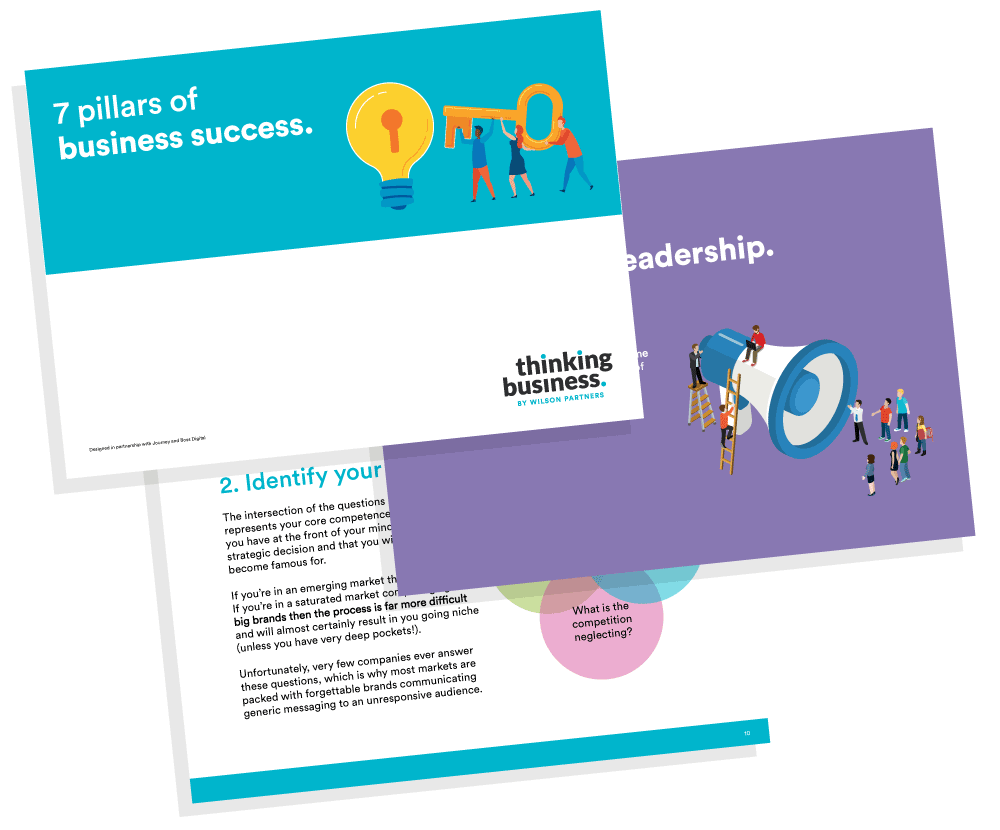
Download our free guide to the 7 pillars of business success
Read our free guide what you need to focus on to help you make better decisions and achieve your goals quicker.
Please complete our form to download the guide.
Sign up to receive alerts
Call us on 01628 770 770 for a no-obligation chat
You may also be interested in...
Meet the team in 90 seconds – Tom Bradbury
Introduce yourself Hi, I'm Tom and I am a Director in the Corporate Finance Team here at Wilson Partners. I started my career and did my training…
Inheritance Tax: Let’s get organised
Let’s face it, none of us want to think about when we’re going to die, let alone talk about it, or consider if there’s going to be a tax bill waiting…
Seeking investment: What a Private Equity investor looks for
What a Private Equity investor looks for Private equity investment is a fundamental source of business funding that plays a pivotal role in…

